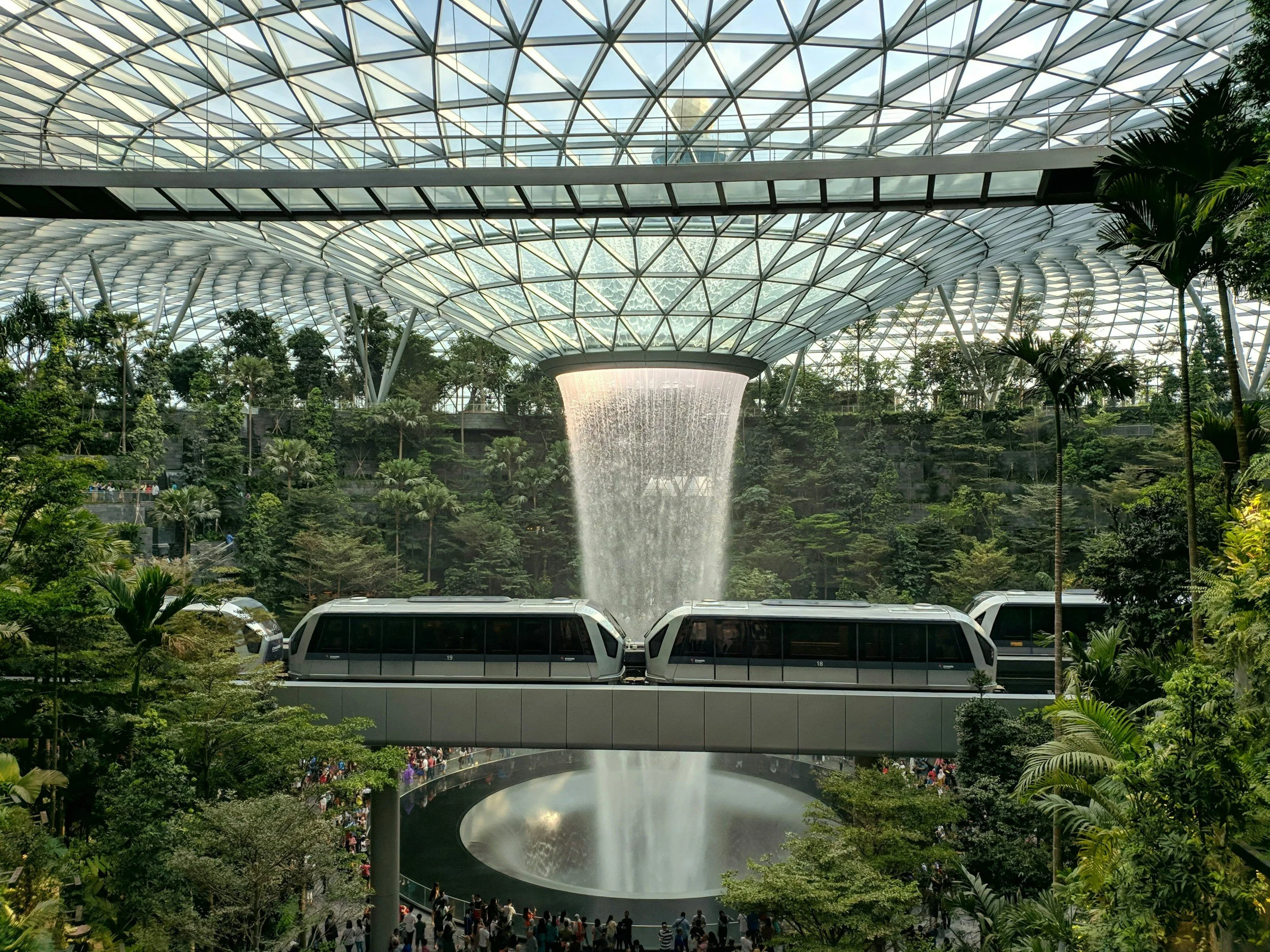
Blog
Ideas That Spread


The Power of Ai Audio and Customized Ai Podcasts
Podcasts and audio content are more popular than ever. As of 2024, more than 100 million Americans listen to podcasts monthly, and the demand for audio-driven experiences is only growing. People are craving hands-free, on-the-go content, whether they’re commuting, exercising, or simply multitasking. With audio content consumption rising sharply, it's clear that the future of media will be heavily driven by voice. Enter Notebook.LM and ChatGPT's advanced voice features, two AI tools that are transforming how we think about audio production.

The Future of Search is AI-Driven: Are Brands Ready to Become Trusted Authorities?
Let me start with a little confession: I’ve always enjoyed playing around with different AI voices, whether it’s Alexa’s Australian accent or Waze’s Irish one. So when I tried out ChatGPT’s new Advanced Voice Mode (AVM), I was hooked. With voices like Vale’s refined British charm or Arbor’s friendly, conversational tone, you can customize every interaction to match your mood or task. But for me, it’s all about how this makes our family time—especially long drives—so much more fun and productive.